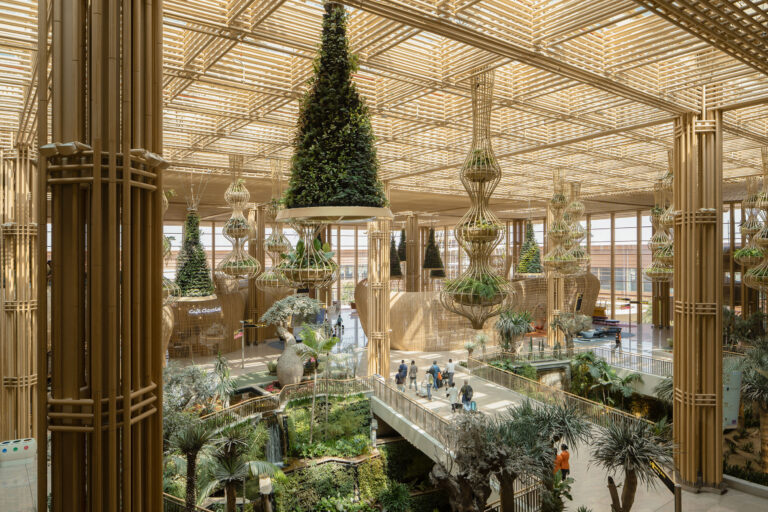The project arose out of a Fellowship at the Institute for Public Architecture (IPA) in the Winter of 2022. Civic Architecture Workshop was one of several groups chosen to examine segments of the Brooklyn-Queens Expressway and consider how to transform the highway into a sustainable, decarbonized transportation network. The fellowship culminated in the BQE 2053 Symposium and exhibition at IPA headquarters on Governor's Island. When it was completed in 1962, the Prospect Expressway cut a swath through Brooklyn. The Expressway is the culmination of a century of innovation in travel that began with the design of Eastern and Ocean Parkways in 1874 by Olmsted and Vaux. Once embraced with optimism, urban highways are now seen as wounds inflicted upon neighborhoods. To address this misstep, municipalities are dismantling or covering their highways. Given this extraordinary investment of materials and labor, the architects believe the Expressway is too valuable to destroy and too fascinating to bury. Instead, their goal is to transform a dangerous and polluted utilitarian corridor into a civic place welcoming people, plants and vehicles. The Prospect Expressway is a stub, part of an incomplete vision for a highway that would cut across Brooklyn. Instead, it dumps high-speed traffic into Ocean Parkway; what should be an extraordinary linear park becomes a stroad, with car traffic struggling to stay below the City speed limit. Highways require an extraordinary amount of space to interface with the slower-speed street grid. By removing the Expressway from the high-speed highway network, space used for access ramps can be reused for green space or mixed-used development. Highway replacement proposals usually center around two strategies—filling in and boulevarding and burying to create park space. The first often does little to heal the damage of the highway, since a six-lane stroad is as much of a barrier as a six-lane expressway. Tunnels hide the traffic, but are colossally expensive. We propose a third way—re-using infrastructure and contours to create a new linear neighborhood in the highway cut. Situated between Prospect Park and Greenwood Cemetery, the highest and best use is not an expensive park but affordable housing, schools and active streets.
Project facts
Location Brooklyn, NY
Architect Civic Architecture Workshop
Architect David Cunningham Architecture Planning
Year 2023
Category Transportation & Infrastructure
AIANY Recognition
2024 AIANY + ASLANY Transportation + Infrastructure Design Excellence Awards











